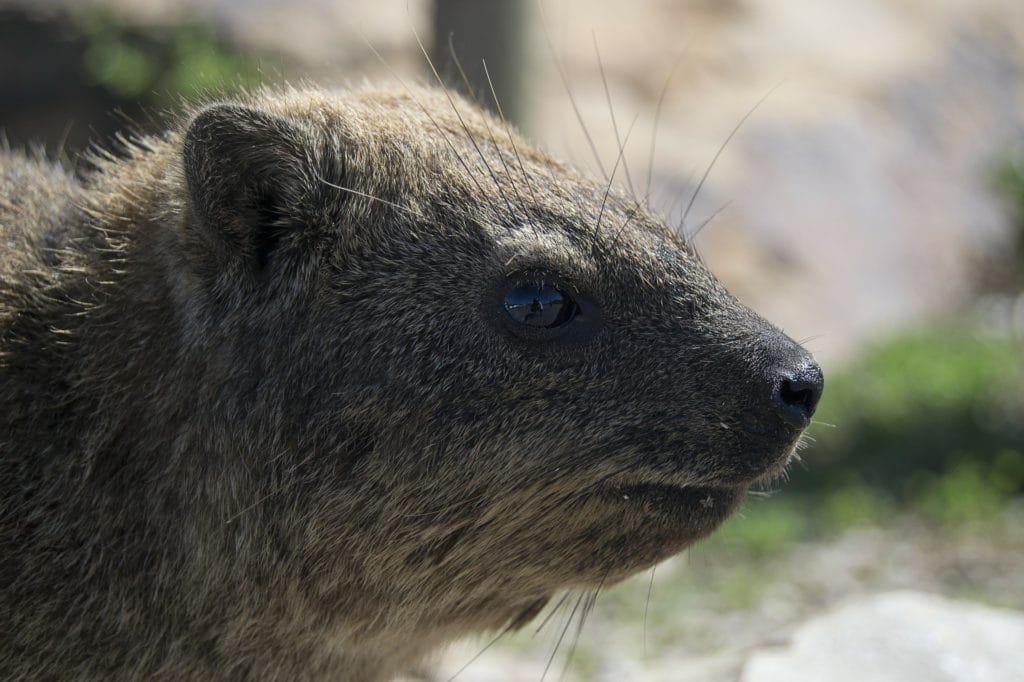Oxfordshire Mind’s Physical Activity Team are offering a weekly ‘virtual walk’ this week the team are visiting a beach near Cape Town.
Hello, everyone. Today we’re visiting the very southern tip of Africa for a walk along a beach near Cape Town. This part of the world is home to some of the most dramatic and beautiful stretches of coastline on earth. It’s also fantastically rich in wildlife, thanks to the meeting of the warm waters of the Indian Ocean and the cooler waters of the Atlantic. As we walk along the beach here, we could encounter all sorts of animals, and we will be finishing our stroll with a visit to a colony of creatures who you might not have expected to see in South Africa.
As we step out onto the sand, it’s hard not to feel small. The mountains come right up to the sea, here at the Cape, the land crumpling into deep, shadowy folds which hide secret gorges and waterfalls too high for any human to reach. Clouds catch against their flat, stony tops, shrouding them in grey mist and bringing with them the rain that turns their slopes green.
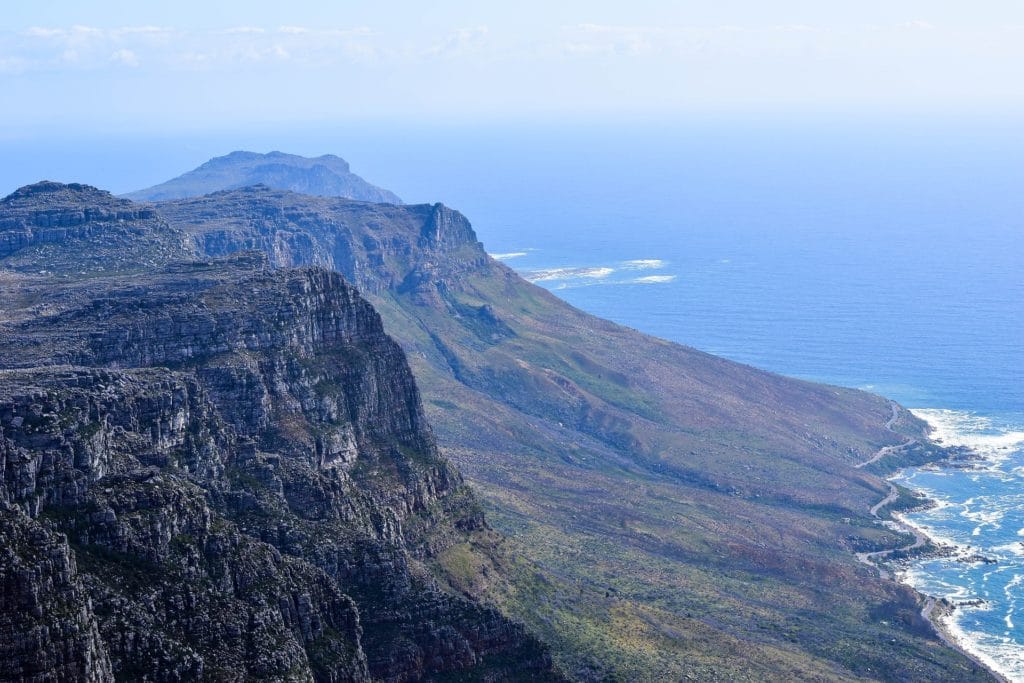
If you went up into those highlands, you would find a dazzling array of native flowers, almost alien-looking with the strangeness of their shapes and brightness of their colours. This is known as the fynbos, and most of these species are found nowhere else on earth. Parts of these plants have been used by local people for centuries- if you’ve ever enjoyed rooibos tea, this is where it comes from – but there are simply too many different species of bush to know the properties of them all. The source of some miracle drug could be hidden away in some remote crevice, right above our heads, and we’d simply never know.
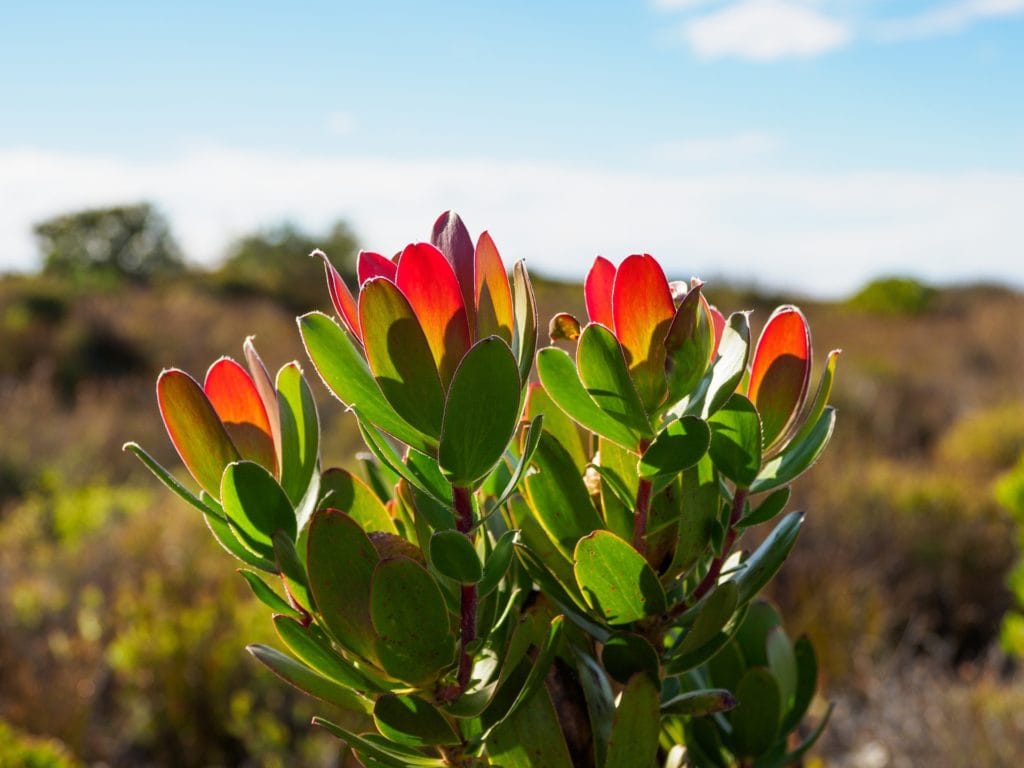
Equally impressive is the expanse of ocean that greets us when we tear our eyes away from the mountains. The blustery spit of sand on which we’re walking is only a narrow oasis between the high peaks and the endless blue. You feel as if you are at the end of the earth, here, and in a sense you are; from here to the ice floes of Antarctica there is nothing but miles and miles of open water. You can almost taste a breath of polar air on the buffeting wind, which rushes at you with all the energy of something that has rolled across all that vast emptiness without anything to stand in its way.
“You feel as if you are at the end of the earth…from here to the ice floes of Antarctica there is nothing but miles and miles of open water.”
This is not the meek, tame sea that gently caresses the coast in more tropical climes. The water here rolls and thunders against the sand with an almighty smack, like someone slapping their hand down on the table to demand your attention. The first European sailors to round the Cape called it the Cape of Storms to describe how rough these waters were. Later, though, they changed their mind, and called it the Cape of Good Hope instead, which I think reflects how with time you come to appreciate the wild beauty of the southern ocean.
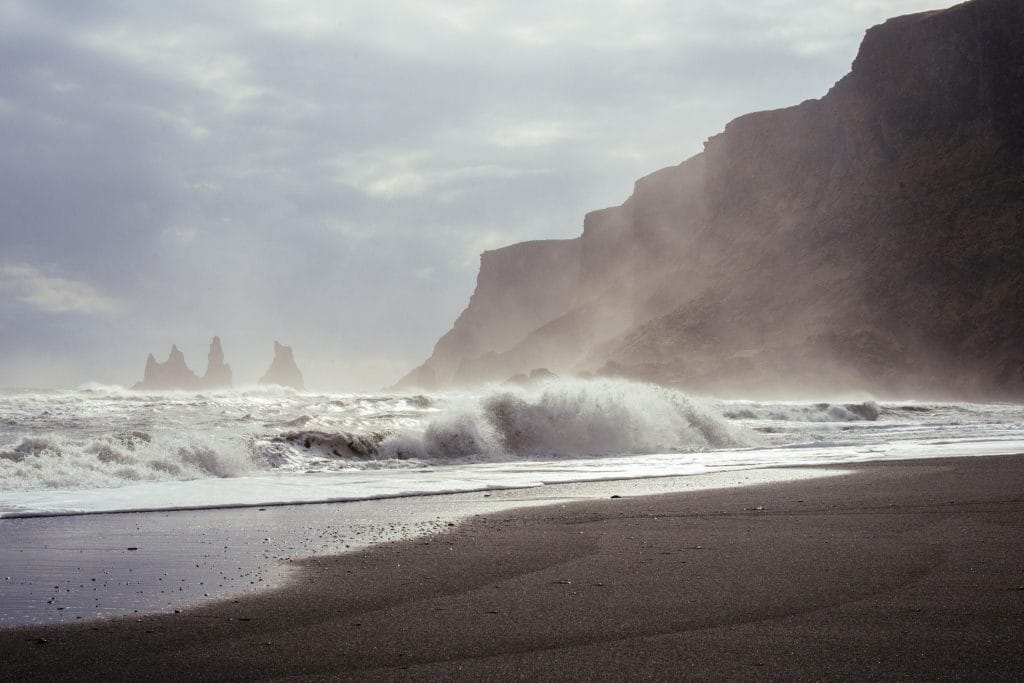
Today you can see families with wetsuits and body boards riding the waves all the way into shore, the shrieking of children’s laughter just about audible over the roar of the breakers. It’s such a human thing, to make something fun out of something just a little bit terrifying. When you brave the surf, it is inevitable that at some point a wave will knock you off your board, holding you down and churning you round and round underwater. For a breathless moment you will not be able to see or think or know which way is up. You can only surrender to the unstoppable force that has you in its grasp, waiting for the moment it will have done with you. You have to trust that soon the world will right itself, your head will break the surface, and you will be able to draw in lungfuls of sweet clean air.
And yet somehow that moment of sheer terror is part of the fun of it. See! That little boy there has just been dunked by a wave, and come up coughing and spluttering for breath. He blinks dazedly, shakes his head like a wet dog, and then grins from ear to ear. Watch him grab hold of his board again and push it back out to where the waves are starting to break, completely undaunted by the experience.

If you look further out to sea, you can spot several furry brown shapes sunning themselves on a nearby rock. Seals are common in these waters- you can even spot their inquisitive little heads popping up out of the water in Cape Town Harbour. They’re some distance away, but you could almost swear that they’re following us with their big soulful eyes, so like a puppy’s. As we watch, one of them slides silently into the water, disappearing beneath the waves with a barely visible ripple.
We can’t see them from here, because the waters are too shallow, but you can often spot whales out to sea. If we were standing on the clifftop over there, we might possibly spot an enormous tail breaking the surface of the water, creating its own temporary waterfall as the seawater runs off it.
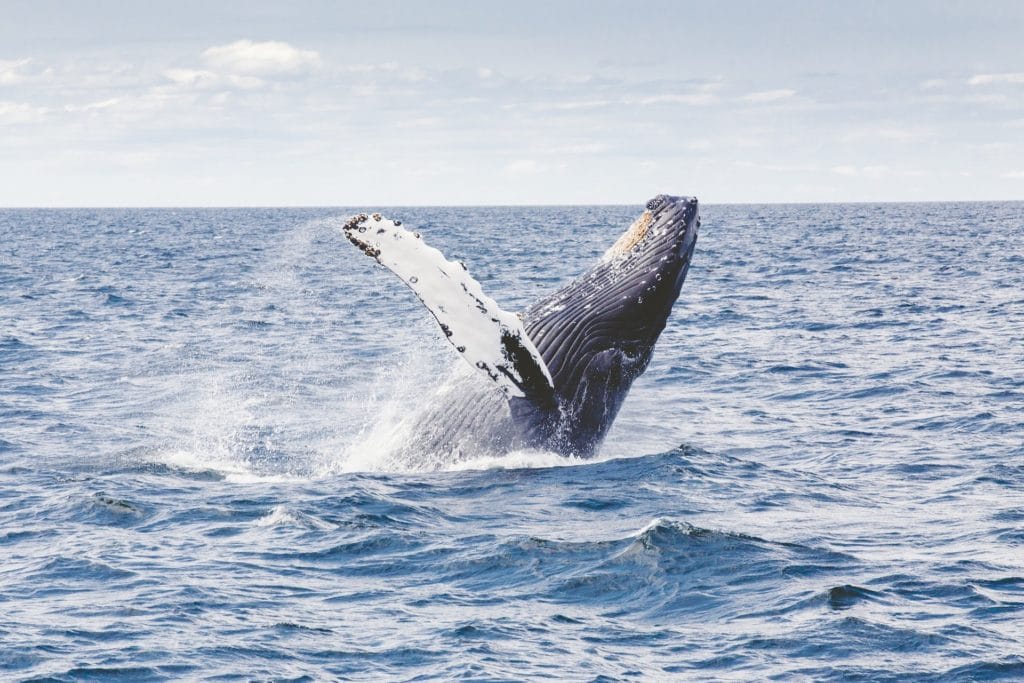
Finally we reach the end of the beach, where we’ll be able to spot the colony of that unusual creature I mentioned. Look- there’s one now. The little bird is making its way along the sand with a slow, waddling gait, as if it were more used to swimming than making its way over land. It has black flippers and a white bib, like it’s wearing a dinner jacket. That’s right – it’s a penguin! We think of them as a cold climate bird, but actually there are several colonies of them along the Southern African coast. If we walk up these steps here, we can get a view of the whole colony of them, spread out across the rocks. There are hundreds and hundreds of them, and they make a real racket, calling out to each other with their distinctive cry that sounds like a donkey’s bray. I wonder what they’re saying. Are they greeting their friends who are returning to the colony, expressing delight that they have come home safely from the open sea? Swapping notes on what the fishing has been like? Demanding that other penguins get out of their way as they waddle back to their favourite spot on the rocks? Impossible to say.
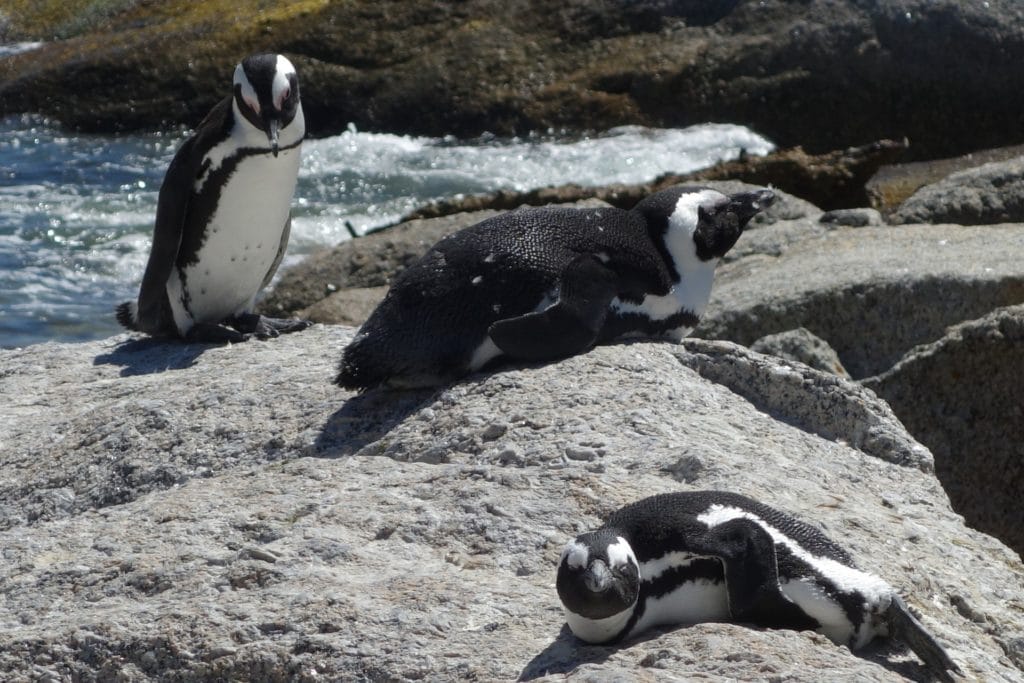
They’re not the only creatures here. A little face peers out of a gap in the rocks and sniffs the air, whiskers quivering. It belongs to a small furry animal called a dassie which likes to make its home next to the penguins. They look like some sort of oversized guinea pig, but in fact their closest living relative is the elephant. Aren’t they cute? There’s something about them that reminds you of a teddy bear.
I think that’s all we’ve got time for today. I’ll leave you here for as long as you want to look at the penguins and the dassies and take pictures if you like. See you next week for another walk!
